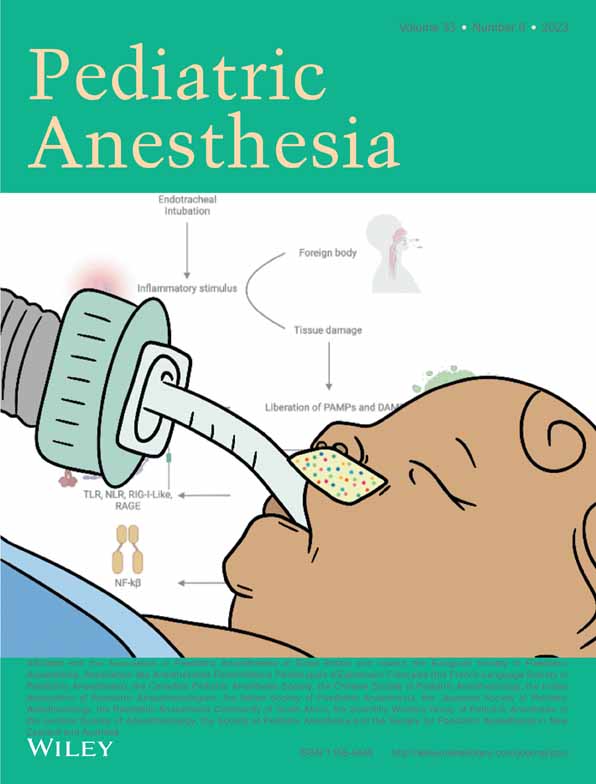Bleeding and ketorolac use in pediatric circumcision
Section Editor: Susan M Goobie
Abstract
Background
Circumcision is a common surgical procedure performed in pediatric male patients. Ketorolac is an effective adjunct in multimodal regimens for postoperative pain control. However, many urologists and anesthesiologists refrain from administering ketorolac due to concern for postoperative bleeding.
Aims
Compare the risk of clinically significant bleeding after circumcision with and without intraoperative ketorolac administration.
Methods
A single-center, retrospective cohort study was conducted of pediatric patients 1–18 years of age who underwent isolated circumcision by one urologist from 2016 to 2020. Clinically significant bleeding was defined as bleeding requiring intervention within the first 24 h of circumcision. Interventions included use of absorbable hemostats, placement of sutures, or return to the operating room.
Results
Of 743 patients, 314 (42.3%) did not receive ketorolac and 429 (57.7%) received intraoperative ketorolac 0.5 mg/kg. Postoperative bleeding requiring intervention occurred in one patient (0.32%) in the non-ketorolac group versus four patients (0.93%) in the ketorolac group (difference 0.6%, 95% CI [−0.8%, 2.0%], p = 0.403).
Conclusions
There was no statistically significant difference in postoperative bleeding requiring intervention between the non-ketorolac and ketorolac groups. Future studies regarding the association between ketorolac and postoperative bleeding are needed.
CONFLICT OF INTEREST STATEMENT
All authors do not have a relevant financial relationship with an ineligible company.
Open Research
DATA AVAILABILITY STATEMENT
The data that support the findings of this study are available from the corresponding author upon reasonable request.




